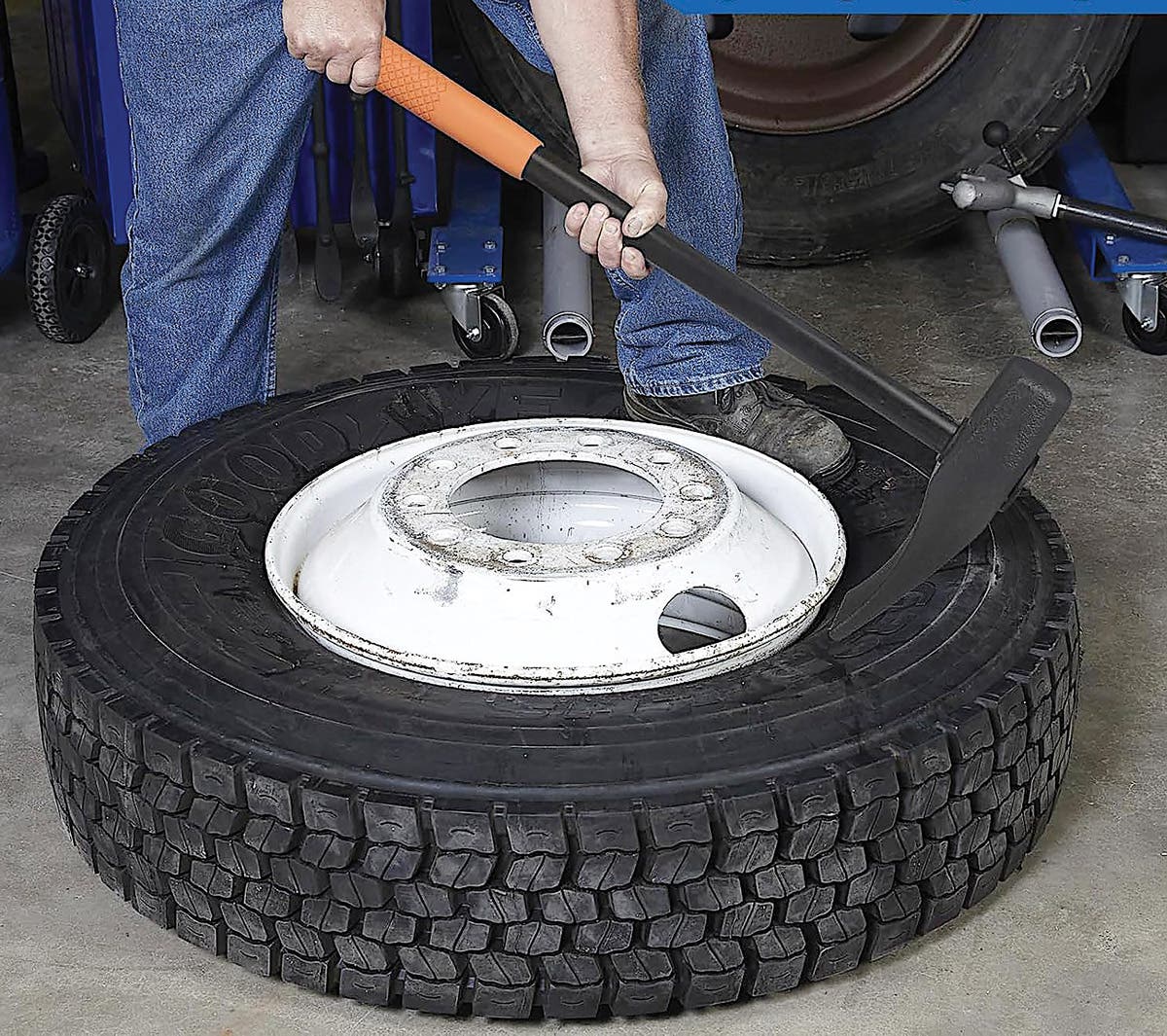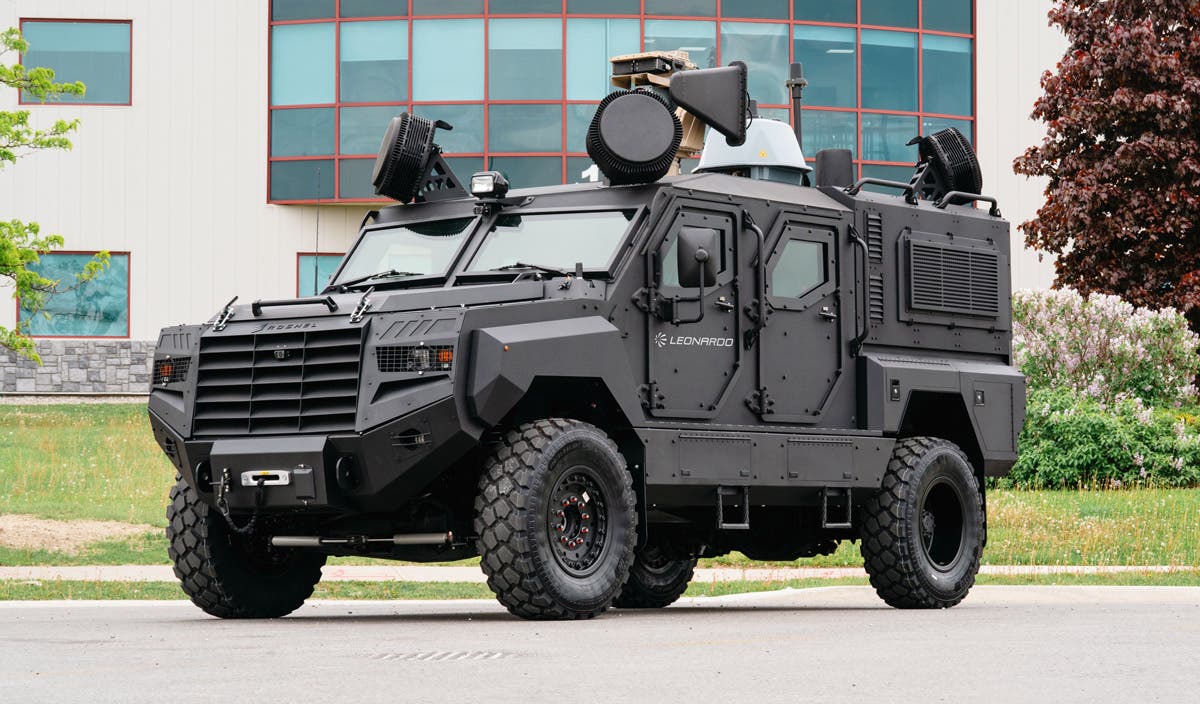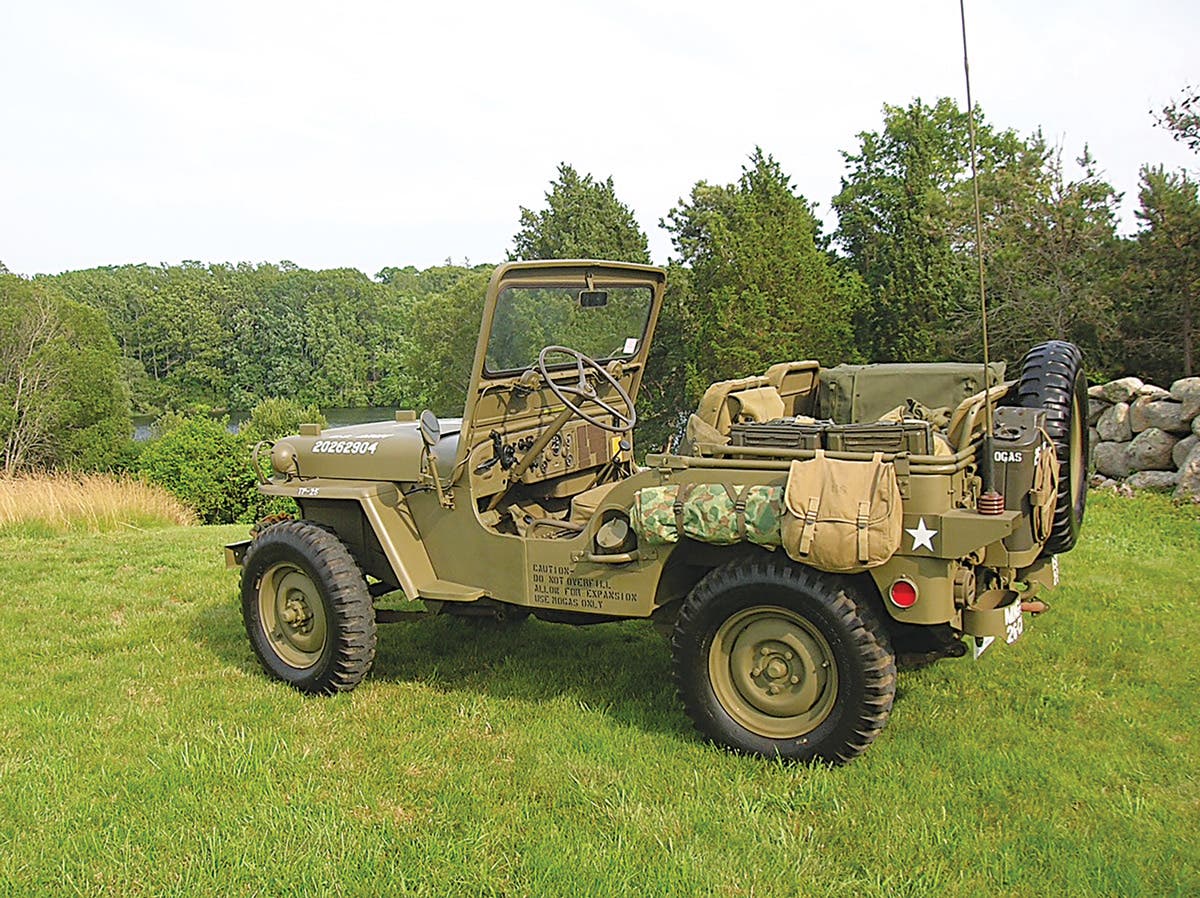The M10 & M10A1: The primary U.S. Tank Destroyers of WWII
Tank warfare evolved significantly during WWII. A need for a vehicle to counter those tanks was inevitable. The United States’ answer to the task was the M10.
Tank warfare evolved significantly during WWII. The tank itself had been created to combat infantry, supported by artillery, that had led to the brutal deadlocked trench warfare of WWI. Thus, one should be mindful that at the time Germany invaded Poland on Sept. 1 1939, the world’s first workable tank (Britain’s Little Willie) was just two weeks shy of its 24th birthday. To further place all this in perspective, the first M1 Abrams were built in 1978, which is to say that that the U.S. Army is now using a tank whose design is twice as old as the entire concept of tank warfare that had existed at the outset of WWII! Antitank warfare was truly in its infancy at the time that the U.S. became involved in WWII.
The historical officer of the Tank Destroyer Center summarized the U.S. strategy toward combating tanks at the outset of WWII with these three sentences:
“Antitank doctrine of the United States Army at the time of the fall of France ran contrary to our historical military policy in that it implied passive defense rather than offensive action.
“Current field manuals stressed the importance of antitank mines and guns, but so far as their employment was taught, they were purely defensive weapons. Only the armored divisions thought in terms of aggressive methods against tanks.”
The final sentence of that statement belies a key detail of the strategy of the day. That is, each arm of the Army was responsible for its own antitank defense. Slowly, the War Department began to move toward a strategy built on the aggressive use of mobile antitank units employing “stealthy reconnaissance and destroy[ing] the enemy armored elements by gun fire from carefully chosen locations.”
While retrospectively, another tank seems an obvious weapon to counter a tank, the strategists of the day preferred an antitank weapon that was potentially faster and better armed than tanks of the time — and, not insignificantly, presumably less expensive than a tank.
In fact, this last item was clear in commander of Army Ground Forces Gen. Leslie McNair’s remarks that “certainly it is poor economy to use a $35,000 medium tank to destroy another tank when the job can be done by a gun costing a fraction as much. Thus the friendly armored force is freed to attack a more proper target, the opposing force as a whole, in much the same manner as seacoast defenses free the Navy for offensive action at sea.”
From this mindset in late 1941, the concept of a separate tank destroyer force began to jell. This force would be armed with specialized weapons. While the Army’s primary antitank weapon of the late 1930s was 37mm towed antitank guns, these were soon deemed to be inadequate against enemy armor. Accordingly, the quest for larger weapons began, as did the desire for a self-propelled antitank gun — or gun motor carriage (GMC). The initial efforts involved adapting 3/4-ton Dodge trucks to mount 37mm antitank weapons (the M6, n.e WC-55), while half-tracks were fitted with larger cannons, yielding the interim M3 75mm Gun Motor Carriage.
But the quest was on to create a specialized and ideal tank destroyer, utilizing a tank chassis as the basis. After two unsuccessful attempts were made to mount the 3-inch gun in a modified hull of an M3 medium tank, in January 1942 attention was turned to adapting the chassis of the twin GM diesel-powered M4A2 Sherman medium tank for use as a basis for a tank destroyer.
After several months of development, a design began to evolve that utilized the suspension, lower hull and engine of the M4A2, but with an upper hull made of thinner armor plate, presumably increasing performance. Further evolution introduced a lower profile upper hull with sloping armor plates and an open top turret of welded construction.
It was this designed that was standardized as the 3-inch Gun Motor Carriage M10 on June 4, 1942.
Production of the M10 began at the Fisher Grand Blanc Tank Arsenal in September 1942. The urgent need for tank destroyers led the Army to issue a contract to Ford Motor Company for a similar vehicle, albeit powered by the Ford GAA gasoline engine. Ford began production of this vehicle, which was designated M10A1, in October 1942. Visually, larger louvered doors over the engine compartment distinguished the M10A1 from the M10. This vehicle remained in production at Ford until September 1943, at which time the government had ordered Ford to cease tank and tank destroyer production. Ford had produced 1,038 M10A1s up to that point.
M10A1 production was shifted to Grand Blanc, where they were produced along with the GM diesel-powered M10.
Production of the M10 ceased in December 1943, by which time Fisher had built 4,993. Fisher production of complete M10A1 Gun Motor Carriages had stopped in November 1943, with a total of 375 being built. However, in January 1944, an additional 300 M10A1 chassis were completed for utilization in the production of 90 mm Gun Motor Carriage M36. These 300 chassis were counted in M10A1 production, raising the total to 675.
Three different versions of turrets were mounted on the M10-series vehicles. Originally, the turret had no counterweights on the rear, but due to the imbalance caused by the gun, it was difficult to rotate the turret when on a grade. Field units improvised various types of counterweights in an attempt to overcome this deficiency.
Eventually, new vehicles were factory-equipped with two 1,800-pound counterweights attached to the turret rear to correct this. In March 1943, the turret was redesigned, with the angle of the rear wall being changed and an enlarged counterweight added. The new turret was introduced into production in June. The next month the raised bosses on the hull and turret sides, intended for mounting supplemental armor (which was never produced), were eliminated
The United States Army primarily used the gasoline-powered M10A1 for training purposes, while combat troops were supplied the diesel-powered M10, the idea being that the lower flash point of diesel would be of particular benefit for the lightly armored tank destroyers. Ironically, the Army policy at that time was that combat vehicles were to be gasoline powered, so the M10 was something of an anomaly.
In addition to the U.S. Army, 443 of the 3-inch Gun Motor Carriages were supplied to the French, 52 to the Soviet Union, and 1,648 to the British Empire. The British designated their early-production vehicles the 3-inch Self-Propelled Mount Mk. I, and the later vehicles, with the extended “duckbill” counterweights, as 3-inch Self-Propelled Mount Mk. II.
While the U.S. Army phased out dedicated Tank Destroyer units (and vehicles) immediately following WWII, the M10 and M10A1 would soldier on with Allied countries for many years. Today, these vehicles survive only in museums and in the hands of collectors.
To learn more about the M10 see “M10 Gun Motor Carriage Legends of Warfare”, available from www.DavidDoyleBooks.com
David Doyle's earliest published works were occasional articles in enthusiast publications aimed at the historic military vehicle restoration hobby. This was a natural outlet for a guy whose collection includes several Vietnam-era vehicles such as M62, M123A1C, M35A2, M36A2C, M292A2, M756, and an M764.
By 1999, his writing efforts grew to include regular features in leading periodicals devoted to the hobby both domestically and internationally, appearing regularly in US, English and Polish publications.
In 2003, David received his a commission to write his first book, The Standard Catalog of U.S. Military Vehicles. Since then, several outlets have published more than 100 of his works. While most of these concern historic military hardware, including aircraft and warships, his volumes on military vehicles, meticulously researched by David and his wife Denise, remain the genre for which he is most recognized. This recognition earned life-time achievement in June 2015, when he was presented Military Vehicle Preservation Association (MVPA) bestowed on him the coveted Bart Vanderveen Award in recognition of “...the individual who has contributed the most to the historic preservation of military vehicles worldwide.”
In addition to all of publishing efforts, David is the editor of the MVPA’s magazine, History in Motion, as well as serving as the organization’s Publications Director. He also maintains a retail outlet for his books online and at shows around the U.S.







